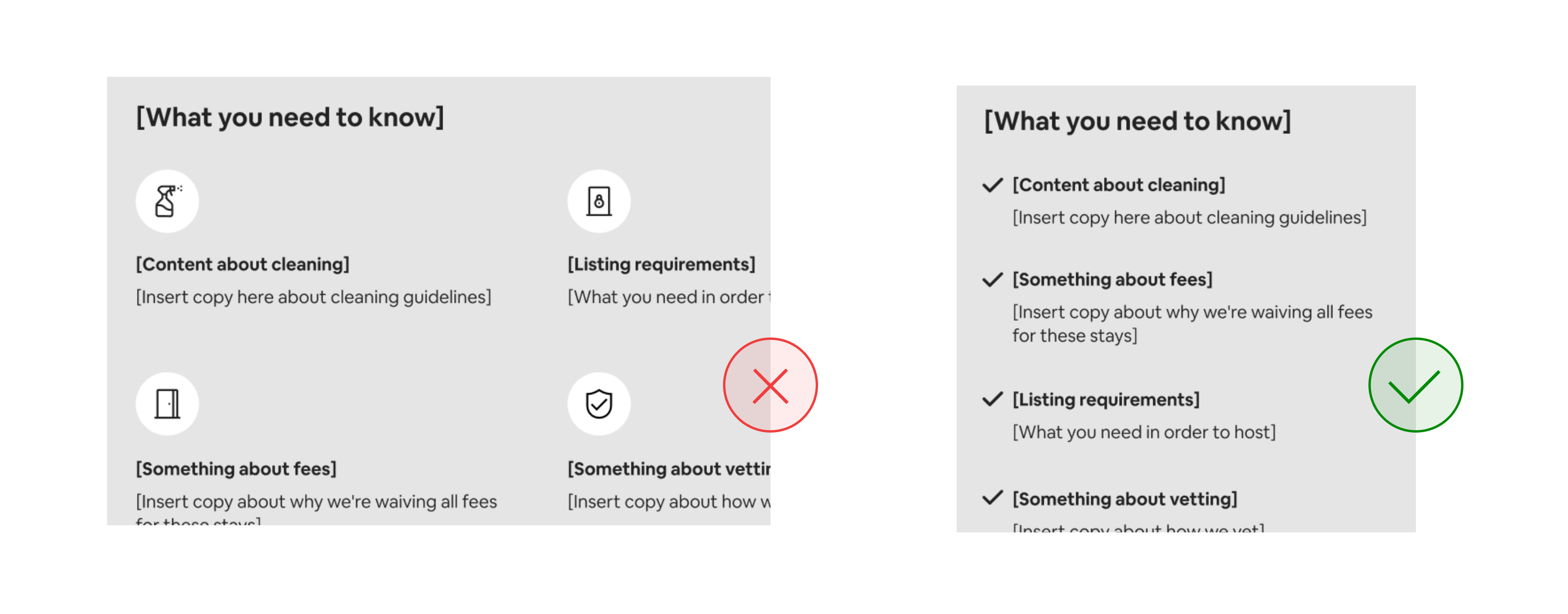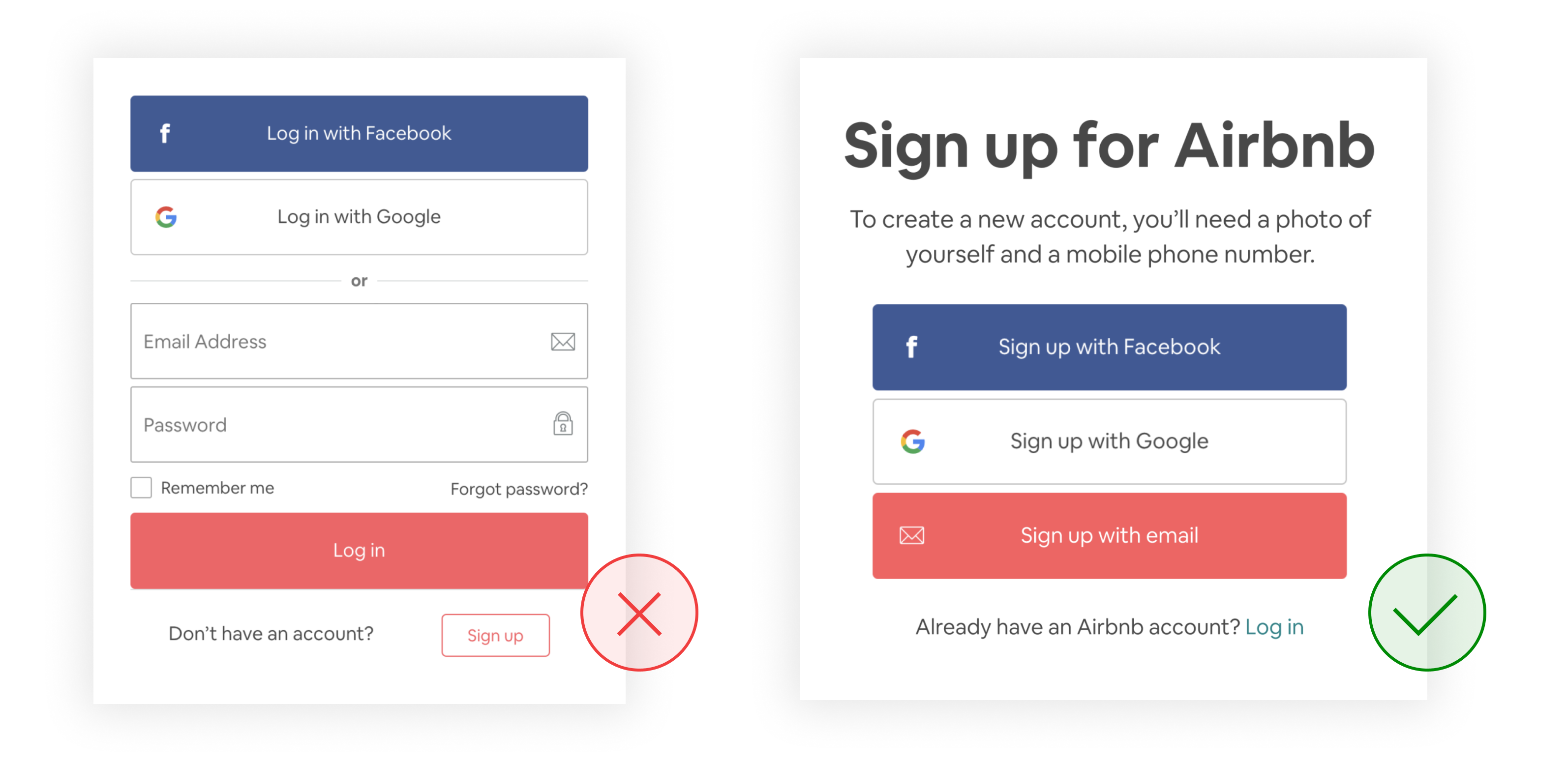Designing for crisis
5 learnings from developing trauma-informed products
It’s been a long year since the pandemic started. In the US, hope is emerging with a vaccine finally on the horizon. For healthcare workers, however, fighting on the front lines for such an extended period of time has been challenging. In a paper titled “Provider Burnout and Fatigue During the COVID-19 Pandemic: Lessons Learned From a High-Volume Intensive Care Unit,” researchers observing Houston Methodist Hospital saw this firsthand:
“The novel Coronavirus Disease 2019 (COVID-19) pandemic has resulted in an overall surge in new cases of depression and anxiety and an exacerbation of existing mental health issues, with a particular emotional and physical toll on health care workers… We have observed front-line health care providers emotionally breaking down, mainly due to the added pressure to choose between family responsibilities and their inner sense of duty toward patients.”
These researchers are describing the experience of ‘trauma,’ the psychological damage that occurs as a result of a distressing event. According to the Substance Abuse and Mental Health Services Administration (SAMHSA), trauma can have “…lasting adverse effects on the individual’s functioning and mental, physical, social, emotional, or spiritual well-being.”
In March of 2020, our team and many others across the company launched the Frontline Stays program. Through the program, COVID-19 responders could find temporary places to stay with our generous community who opened their homes, allowing workers to self-isolate. We knew that healthcare workers were feeling the brunt of the pandemic, but feedback from our hosts showed that they were in a tricky place too — not only were they grappling with the its effects on their own families, but they were also torn between loss of income and wanting to support healthcare workers in their communities. There was an important need here:
How might we take care of COVID-19 responders and hosts in the midst of this difficult time?
On the Airbnb.org team, we design tools for people going through a difficult time. Our design process has evolved to ensure that the safety and comfort of the people we serve stay front and center. We’ve borrowed heavily from the principles of trauma-informed care, a widely accepted practice in the fields of medicine, humanitarian aid, and social services. I’d like to share some examples of how we’ve applied them in hopes that they might help other teams craft experiences for people in a time of need.
The 5 principles of trauma-informed design
- Safety: Prioritize and protect psychological well-being
- Transparency: Provide full and accurate information about what’s happening and what’s next
- Choice: Honor the individual’s dignity and agency
- Mutuality: Create partnerships with collaboration or shared decision-making
- Equity: Recognize that trauma disproportionately affects those who are already marginalized
I’ll go into more detail of each below.
1. Safety
Prioritize and protect psychological well-being
We typically consider metrics like drop-off, conversion, and completion in our products. But when it comes to designing for people experiencing trauma, optimizing for these goals may pressure them into an experience they don’t want. One way to create psychological safety is to always give them a clear option to decline or exit.

Case study: The Airbnb.org guest review flow
Previously, disaster evacuees and COVID-19 responders received the same experience as guests traveling for leisure, which included a series of reminders to complete a 5-step rating and review flow.
For travelers, this usually isn’t an issue. However, we’ve learned from our guests that additional contact during a difficult time can be overwhelming. In order to protect their psychological safety, we removed reminders, asked for ‘feedback’ instead of a ‘review,’ and made almost all questions optional (hence, the ‘skip this step’).
We just launched this product, but we’re already noticing that the quality of feedback is already improving — we’re seeing guests give more input about what’s working and not working during their stays in a way that they might not have felt as comfortable doing previously.
A few ways you might implement the principle of safety:
– Make parts or all of the experience optional
– Remove unnecessary pings or upsells
– Affirm the option to leave at any time
2. Transparency
Provide full and accurate information about what’s happening and what’s next
As designers, we often get excited about creating solutions that are visually stunning — adding just the right amount of motion, for instance, or an eye-catching illustration. Since concentration and decision-making may be more difficult for people experiencing a crisis, however, it’s key to balance delight and digestibility.

Case study: V1 of the Frontline Stays landing page
We launched the Frontline Stays program to help frontline workers find places to stay while they were on the job. Realizing that doctors or nurses might be looking at the page in-between shifts or at the end of a long rotation, we decided to keep the page streamlined, removing icons and outlining the features of the program in a bulleted form to make sure the content was easy to understand at a glance.
Here are a few ways to implement the principle of transparency:
– Consider using bullets instead of paragraphs for easy scannability
– Make navigation and steps clear and quickly visible
– Limit your use of non-essential icons, photography, and illustrations
3. Choice
Honor the individual’s dignity and agency
As designers, our job is often to help people make decisions by simplifying the user experience (e.g. recommending one plan over another, like Spotify or Turbotax). While this can be helpful, it may have its shortcomings for folks experiencing trauma. In a moment in their lives where they may feel as though they’ve lost control, offering opportunities to exercise their agency, in addition to being clear about what those choices mean, is crucial.

Case study: Signing up to host on Airbnb.org
Hosts often sign up for Airbnb.org when they’re affected by an urgent need in their community; a natural disaster may have impacted their area, for instance, and offering their space to a family evacuating feels like an easy and impactful way to help.
One of the most important moments for hosts is deciding who they’re able to host. A few years ago, we used to pre-select ‘All groups’ in an effort to streamline the process, opting them in to hosting across all of our causes. However, when we revisited this experience, we realized that hosts responding to an urgent need want to feel full control over who they’re helping. We also wouldn’t want to surprise them later on with requests from guests they had missed in a moment of urgency. In our re-design, we removed the option of ‘All groups’ and left all options unselected to give hosts full control.
Here are a few ways you can build choice into your designs:
– Present all possible options at once. Avoid surprising people with new information
– Set clear expectations about upcoming steps or actions in advance
– Be mindful about opting people in to any feature or plan by default
4. Mutuality
Create partnerships with collaboration or shared decision-making
Product teams are generally creating a solution for users. The principle of mutuality asks us to revisit this mindset, shifting from being a provider to being a collaborator, from ‘designing for’ to ‘designing with’. Emphasizing partnership throughout the process, from research to implementation, helps people experiencing a crisis understand that they’re not alone.
From “I can offer you three options” to “Let’s look at some options together.”
Case study: Airbnb.org support experience
When guests need support regarding an Airbnb.org stay, our Support team is at the ready. Knowing that guests may be fleeing a disaster, ambassadors take a trauma-informed approach to ensure our guests feel comfortable. Amelia Savage, Global Operations Manager for Airbnb.org, explains,
“We recognize that healing happens in relationships, and that involving people in any decision we make about them is a natural tool for co-regulation.”
When there’s an issue, Airbnb.org support ambassadors avoid language like “I can offer you three options” or “Here’s what I can do,” and instead focus on partnership: “Let’s look at some options together.” This collaborative decision-making reaffirms to guests that they’re not alone, and that our ambassadors want to work with them as partners.
A few ways you might implement mutuality:
– A hotline, while an investment, can be crucial in supporting people in crisis
– Consider how your product design process might embody partnership with someone in crisis, from research to implementation
5. Equity
Recognize that trauma disproportionately affects those who are already marginalized
Marginalized groups such as people with disabilities, the elderly, non-binary folks, and people of color are more likely to be traumatized than others. It’s impossible to be trauma-informed without designing for those who are marginalized.
To make sure marginalized folks have a positive experience, we take time to examine how our own privilege, bias, and assumptions might make flows complicated or stressful.

Case Study: Medical traveler booking experience
One of the groups of people we’ve served on Airbnb.org were those traveling for medical treatment. 50% of guests on our platform are first time users, and folks traveling in partnership with medical nonprofits especially are often marginalized in that they’re elderly and have a lower income.
When we thought about streamlining the process of finding and booking a stay, we didn’t think account creation was the part we needed to fix. However, when Support noticed an uptick in requests for assistance, we realized we had a missing perspective. As it turns out, since many of our guests had never heard of Airbnb and weren’t well versed in tech, they thought our signup moment was asking them to sign in to their email.
In our re-design, we simplified the search experience and added much more guidance throughout. Our content strategist, Claire, made sure all the language was clear, straightforward, and easily scannable. This had substantial impact: overall support contacts dropped by 30%, support tickets related to account creation dropped to 0%, and we received glowing feedback from partners like the Cancer Support Community.
Other ways you might implement equity:
– Be conscious of your biases and assumptions
– Center marginalized experiences in your product design process. If you can, design with and alongside people who are marginalized; at the very least, listen to and incorporate their feedback.
– Use writing that is clear, short, and straightforward
– Ensure that accessibility is a key part of your design processes
Becoming trauma-informed means prioritizing your user’s psychological safety and comfort.
As designers, we’re already trained to create solutions led by empathy. Taking a trauma-informed approach amplifies the positive impact we can have, especially for those who are going through a difficult time. In this moment in which we’re experiencing trauma collectively, a trauma-informed design approach might be more important than ever.
To learn more about trauma-informed care:
- Site: Trauma-Informed Care Implementation Resource Center
- Book: Trauma Stewardship: An Everyday Guide to Caring for Self While Caring for Others by Connie Burk and Laura van Dernoot Lipsky
- Book: Trauma-Sensitive Mindfulness: Practices for Safe and Transformative Healing by David A. Treleaven
- Book: The Boy who was Raised as a Dog: And Other Stories from a Child Psychiatrist’s Notebook : what Traumatized Children Can Teach Us about Loss, Love, and Healing by Bruce D. Perry
The original guide was created with Claire Moshenberg, Lead UX Writer, and Meredith Hitchcock, Lead Experience Researcher.